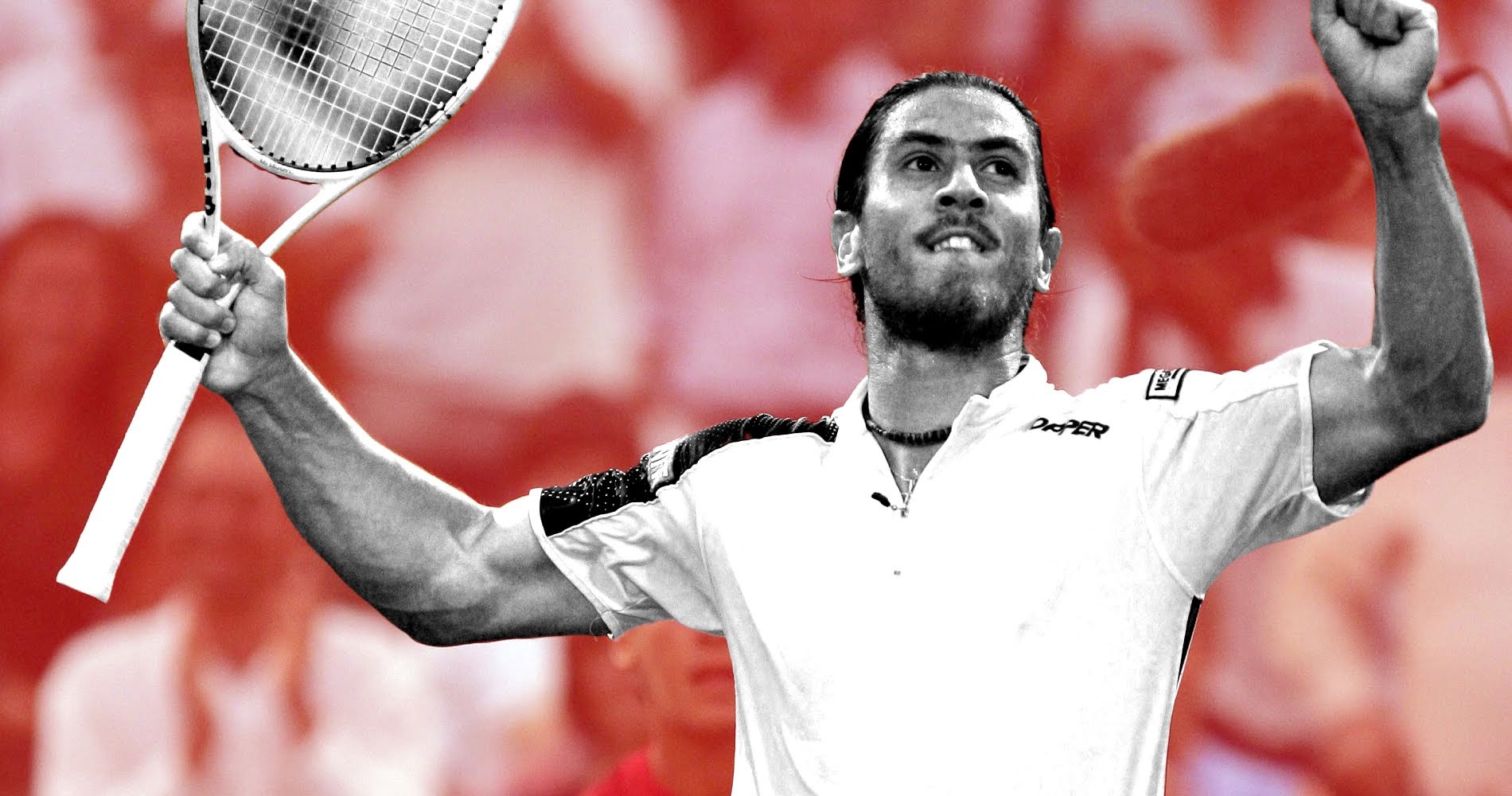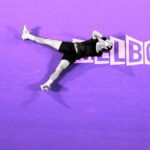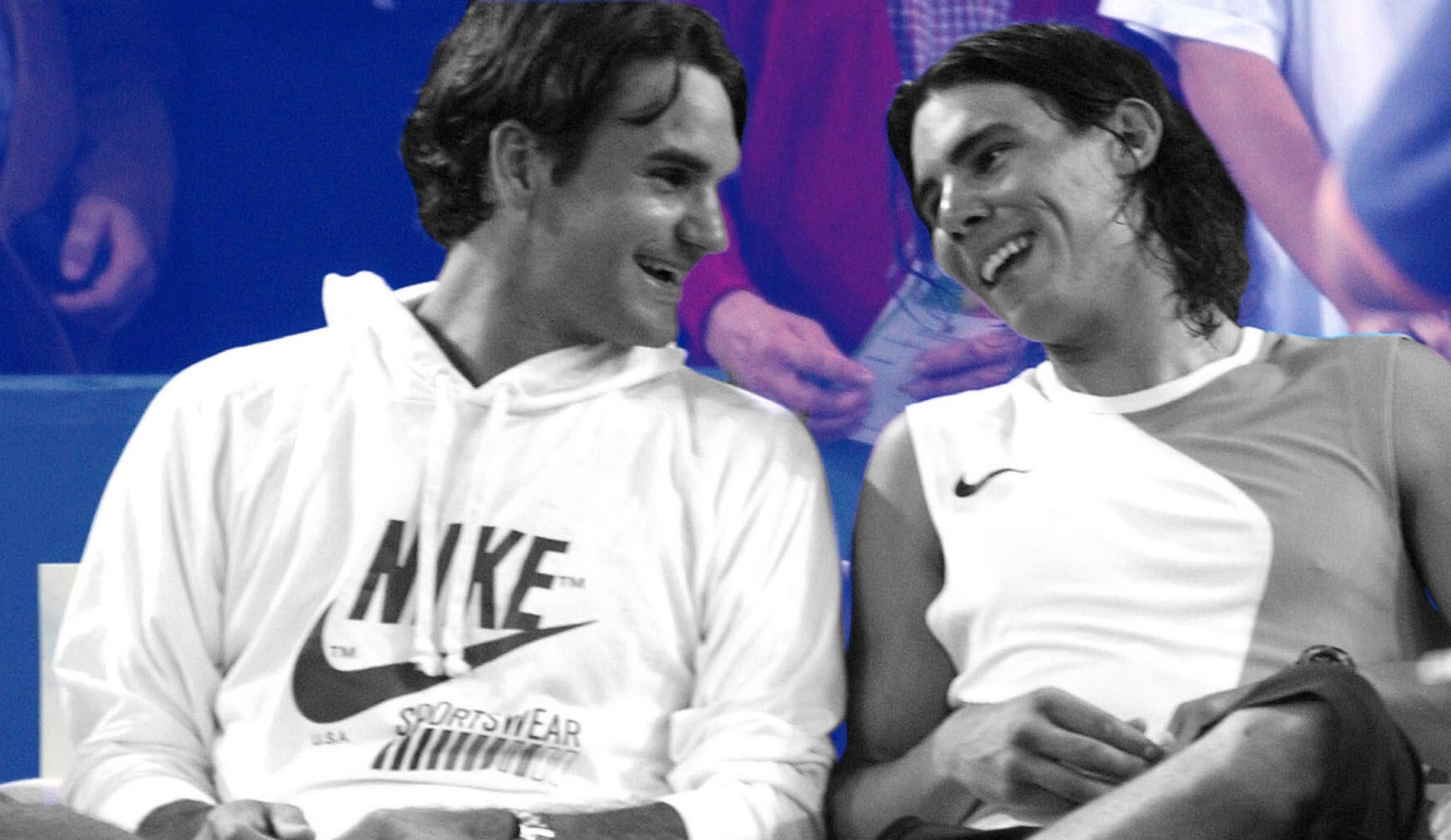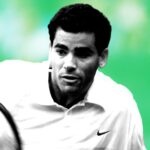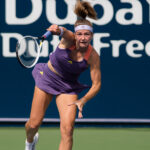March 27, 2007: The day Canas defeated Federer – again – in Miami
Each day, Tennis Majors takes you back in time to an important moment in the sport’s history. On this day in 2007, Guillermo Canas completed a back-to-back sweep of Roger Federer in consecutive Masters Series tournaments
 GUILLERMO CANAS (arg) avec Roger Federer (sui) – Tournoi de Key Biscayne – Open Sony Ericsson – 27.03.2007 – Tennis – Miami – ATP – Homme Hommes Messieurs Masculin – largeur attitude accolade serrer main poignee feliciter felicitationMark Avery/ZM
GUILLERMO CANAS (arg) avec Roger Federer (sui) – Tournoi de Key Biscayne – Open Sony Ericsson – 27.03.2007 – Tennis – Miami – ATP – Homme Hommes Messieurs Masculin – largeur attitude accolade serrer main poignee feliciter felicitationMark Avery/ZM
What happened exactly on that day
On this day, March 27, 2007, at the Miami Open, Guillermo Canas – who had recently returned from a 15-month suspension for a diuretic positive test – defeated the undisputed world No 1, Roger Federer, for the second time in just over two weeks. The Argentine had already ousted the Swiss from the Indian Wells draw, and in Miami he upset Federer 7-6, 2-6, 7-6 on his eventual way to the final (defeated by Novak Djokovic 6-3, 6-2, 6-4).
The players involved: Guillermo Canas and Roger Federer
- Guillermo Canas, former Top 10 star
Guillermo Canas was born in 1977. He was first noticed by tennis experts in 1995, when he reached the quarter-finals of the boys’ event at Wimbledon. His game relied mostly on extraordinary defensive skills. After breaking into the top 100 in 1998, Canas claimed his first title on clay in 2001 at the Casablanca event — defeating Tommy Robredo 7-5, 6-2 in the final.
Canas obtained his best Grand Slam result at Roland-Garros, where he reached the quarter-finals in 2002 (lost in five sets to eventual champion Albert Costa, 7-5, 3-6, 6-7, 6-4, 6-0). A few months later it was on hard courts that he won the most important title of his career, defeating Andy Roddick 6-4, 7-5 in the final of the Toronto Masters.
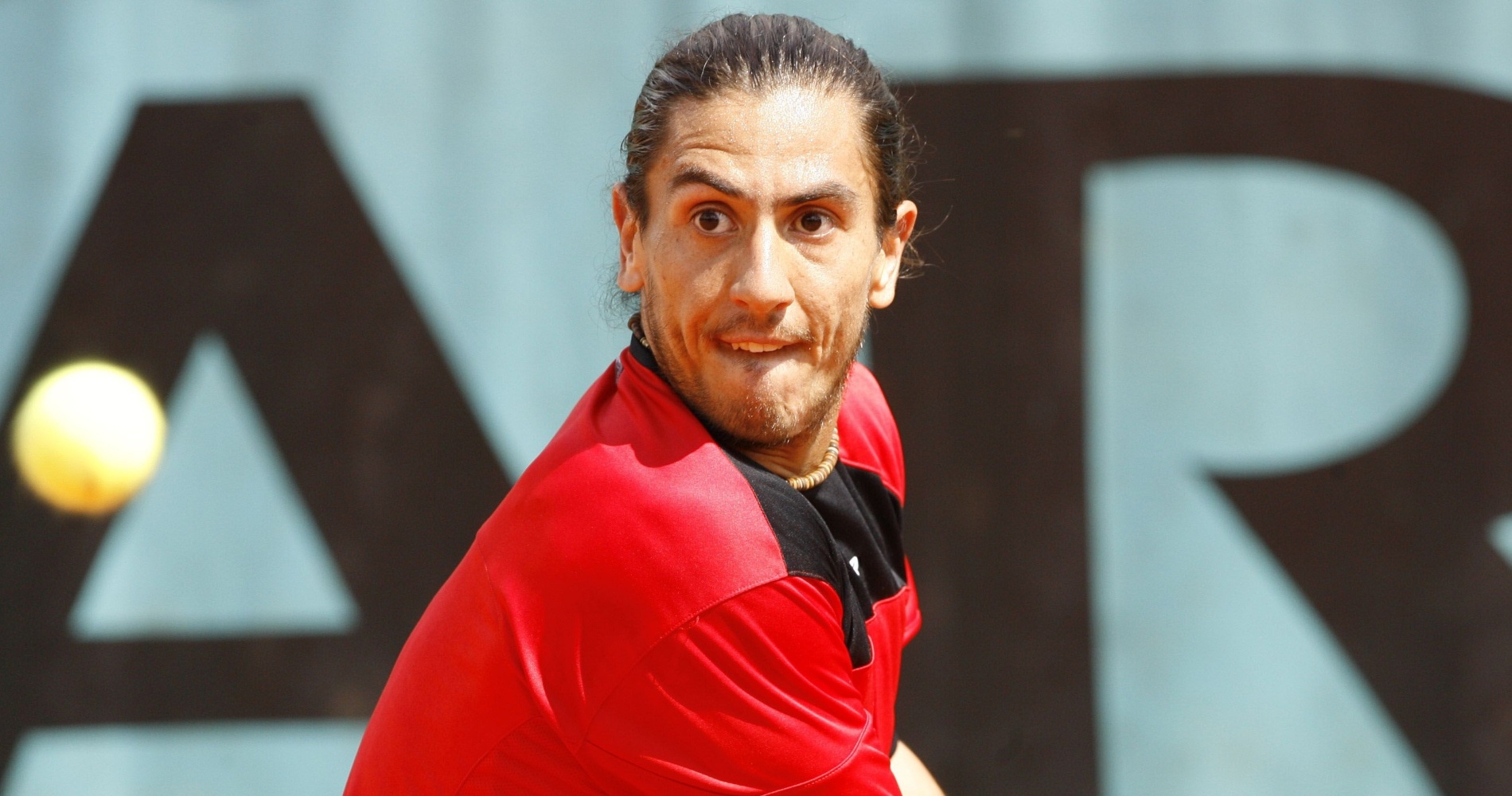
Canas reached his career-high ranking in 2005 at world No 8, but soon after he was banned for 15 months after testing positive for a diuretic in Mexico. Back on the tour at the end of 2006, he won five Challenger tournaments. In February of 2007, Canas was world No 107 when he claimed his first title after coming back from his suspension, defeating former world No 1 Juan Carlos Ferrero 7-6, 6-2 in the Costa do Sauipe final.
A few weeks later, to general astonishment, he upset the top-ranked Federer 7-5, 6-2 in the second round of the Indian Wells Masters 1000 but lost his next match to Carlos Moya 6-4, 6-4. Heading into Miami he was 55th in the ATP rankings.
- Undisputed world No 1 Roger Federer
In 2006, Roger Federer – at 26 years old – had been world No 1 without a break since February 2, 2004. The Swiss genius had performed well since his first professional matches. His mind-blowing game amazed the world of tennis and soon he was announced as a future world No 1.
Expectations grew even bigger after – at the age of 19 – he defeated the seven-time Wimbledon champion Pete Sampras in the fourth round of the 2001 Championships (7-6, 5-7, 6-4, 6-7, 7-5). However, young Federer was very emotional and he didn’t cope very well with the ensuing pressure. Entering the top 10 in June 2002, his records in major events didn’t yet match his talent; in his first 16 Grand Slam appearances he never made it past the quarter-finals. He claimed his first major crown at Wimbledon in 2003, defeating Mark Philippoussis 7-6, 6-2, 7-6 in the final.
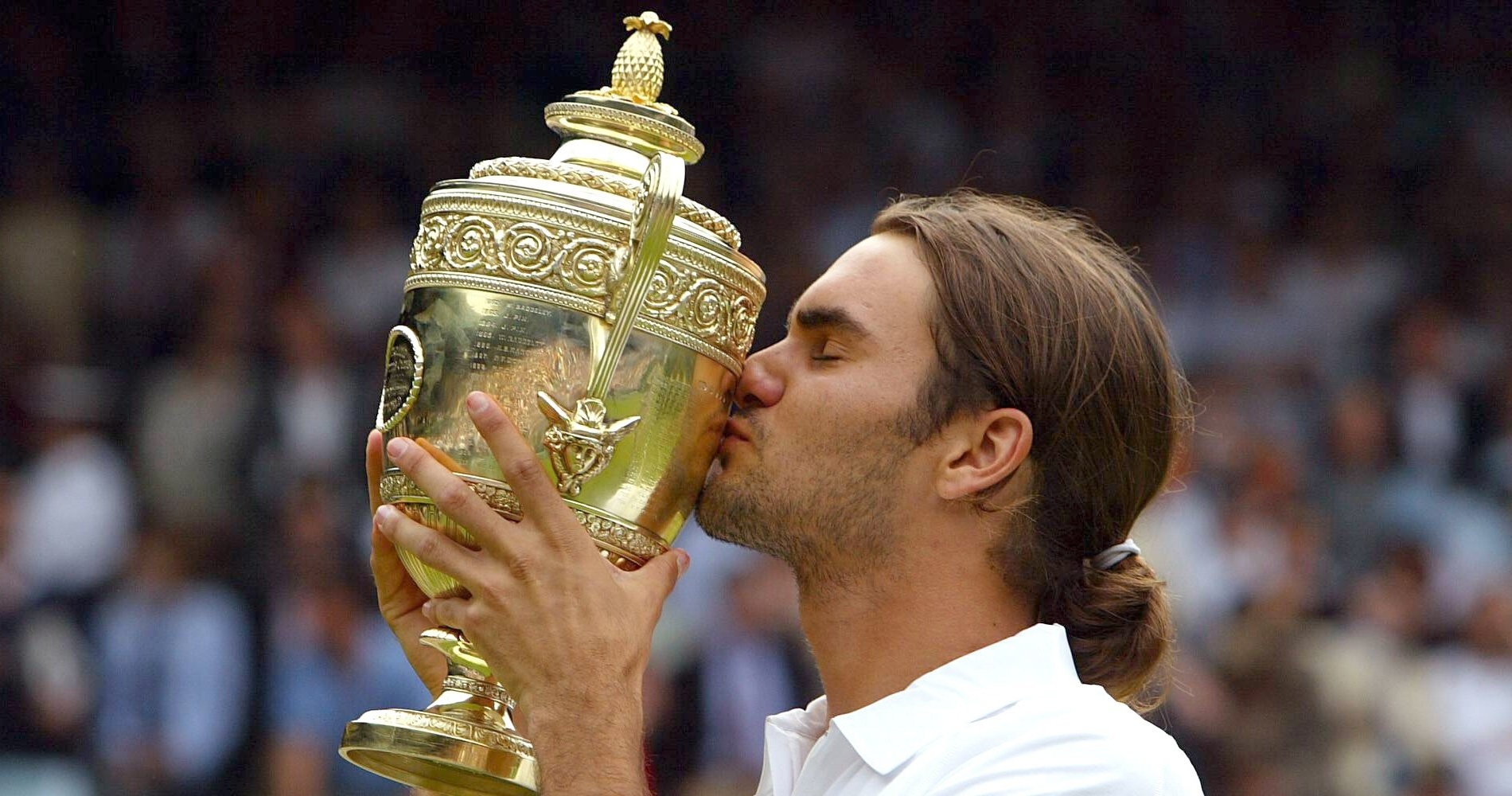
His confidence and his hold on the tour grew relentlessly; in the 2003 Masters Cup final he delivered a masterclass to destroy Andre Agassi 6-3, 6-0, 6-4, and even though he finished the year as world No 2 behind Andy Roddick, most of the pundits agreed to say that it was just a matter of months before he would reach world No 1. Federer achieved that feat a few weeks later when he triumphed at the Australian Open, defeating Marat Safin in the final (7-6, 6-4, 6-2) to claim a second Grand Slam title.
After that, he won eight more major tournaments before the 2007 Miami Open: the Australian Open (2006, 2007), Wimbledon (2004, 2005, 2006,) and the US Open (2004, 2005, 2006). Federer also won the Masters Cup in 2004 and 2006. At the start of 2007, he was the undisputed world No 1 and he broke Jimmy Connors’ record of 160 weeks for the longest uninterrupted reign.
The place: Miami Tennis Open
The Miami Tennis Open, originally named the Lipton International Players Championship, was held for the first time in 1985 in Delray Beach with the idea of being the first big tennis event of the year (at the time, the Australian Open was held in December). The tournament moved to Key Biscayne in 1987. It was played on slow hard courts in extreme heat and humidity. In its favour was huge prize money and a 96-player draw.
In 2006, it was considered to be one of the biggest tennis tournaments in the world outside of Grand Slams, with an impressive list of former champions such as Ivan Lendl, Andre Agassi, Pete Sampras, and Roger Federer – among plenty of other greats.
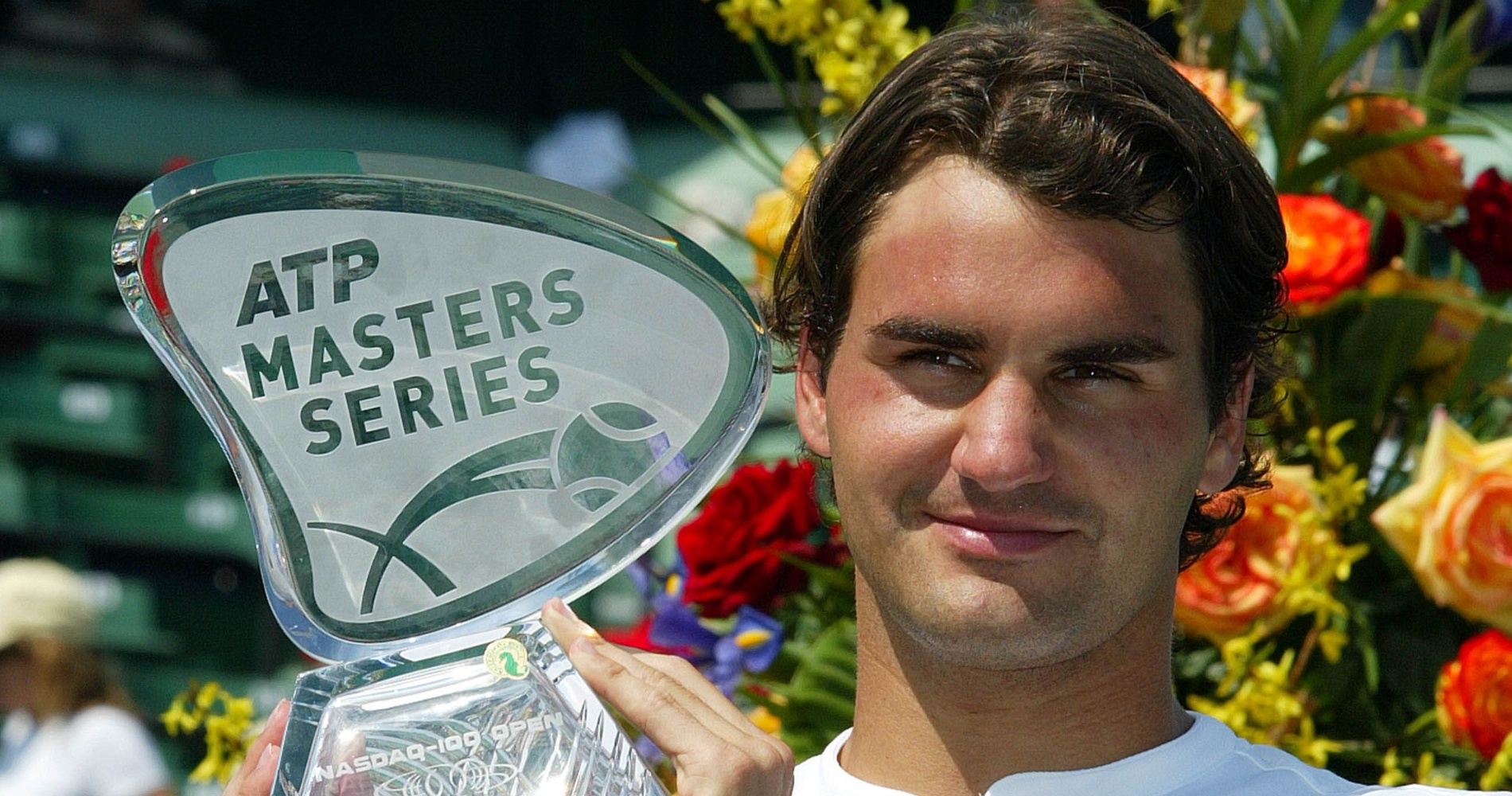
The facts
When Roger Federer and Guillermo Canas faced each other in Miami, it was not just another clash between the world No 1 and the world No 55. Two weeks earlier, the Argentine had upset Federer at Indian Wells to general astonishment. After all, in 2006 the Swiss had completed one of the greatest seasons in tennis history and he was undefeated in 2007 before landing in California. No one expected Canas to put an end to Federer’s 41-match winning streak, but nonetheless the underdog prevailed 7-5, 6-2.
In Miami, despite his recent great results, Canas had to go through the qualification, and as a consequence he had to win five matches just to reach the round of 16 and set up another clash against Federer.
It was almost considered a given that this time that after the Indian Wells surprise Federer would sweep Canas off the court and take his revenge in style. That did not turn out to be the case. Canas, taking his defensive skills to a new level, retrieved almost anything Federer could come up with to take the first set 7-6. In the second set, it seemed that the top seed regained control of the match when he outplayed his opponent 6-2, but in the last set – despite a 2-0 lead – Federer was pushed into a tiebreaker. Canas took it 7-5, sealing his victory on a service winner.
“I was in almost total control for almost all the match once I broke back in the first set,” said Federer, who converted only four out of 16 break-point chances during the match. “I really expected to win; it was one of those matches I shouldn’t have lost. But he’s a great competitor. He played well both times and I just couldn’t put him away.”
“I don’t know what it is the key to beat him,” Canas admitted. “I fight for every point and I think for that I beat him.”
What next
Guillermo Canas would eliminate two other top 10 players (Tommy Robredo and Ivan Ljubicic) before finishing runner-up to Novak Djokovic (6-3, 6-2, 6-4). Later in the spring, Canas would reach the Roland-Garros quarter-finals for the second and last time (defeated by Nikolay Davydenko 7-5, 6-4, 6-4). He would retire in 2010.
These two surprising losses at Canas’ hands would not prevent Federer from dominating most of the 2007 season. Defeated in the French Open final by Rafael Nadal (6-3, 4-6, 6-3, 6-4), he would triumph at both Wimbledon (taking his revenge against Nadal, 7-6, 4-6, 7-6, 2-6, 6-2) and at the US Open (defeating Djokovic 7-6, 7-6, 6-4 in the final).
